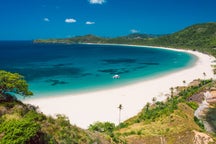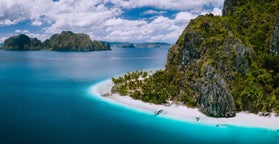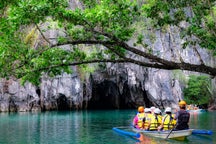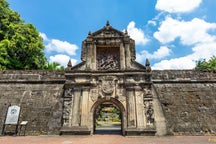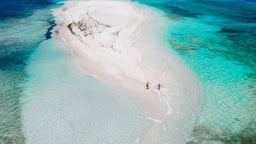
The mountain is part of Mt. Pulag National Park, which boasts mossy forests, grasslands, and rich biodiversity, including rare flora and fauna found only in the Cordillera region. Whether you're an experienced trekker or a first-time hiker, conquering Mt. Pulag offers an unforgettable experience.
How to Get There
Mt. Pulag is located in the Cordillera Administrative Region, with trailheads accessible from Benguet province. The most common route is through Baguio City, which serves as the gateway for hikers.
From Baguio City, travelers take a 4- to 5-hour jeepney or van ride to the jump-off points in Kabayan town of Benguet Province, where registration and orientation at the Mt. Pulag National Park office are required before starting the trek.
For a hassle-free trip, you can book a guided Mt. Pulag tours, which includes transportation from Manila or Baguio Cities, permits, meals, and camping arrangements.
Hiking Trails and Difficulty Levels
There are multiple trails leading to the summit, catering to different skill levels:
Ambangeg Trail (Easiest, Ideal for Beginners) – This is the most popular and beginner-friendly route, often called the "executive trail." A Mt. Pulag Ambangeg trail hiking trip offers a gradual ascent through pine forests and grasslands, making it the best option for those new to high-altitude hiking.
Akiki Trail (Challenging, For Experienced Hikers) – Also known as the "killer trail," this route is steeper and longer, featuring dense forests, steep ascents, and river crossings.
Tawangan Trail (Remote and Wild) – A lesser-used but rewarding path, known for its rich biodiversity and cultural sites along the way.
Ambaguio Trail (Longest and Most Difficult) – The most demanding route, requiring multiple days of trekking from Nueva Vizcaya to the summit.
Best Time to Visit
The best time to hike Mt. Pulag is during the dry season from November to March, when the trails are less muddy, and the sky is clearer for viewing the famous sea of clouds.
Temperatures at the summit can drop to freezing, so hikers should be prepared for extreme cold, especially from December to February.
It is recommended to book your hiking tours in advance, as the national park limits the number of hikers per day to protect the environment.


